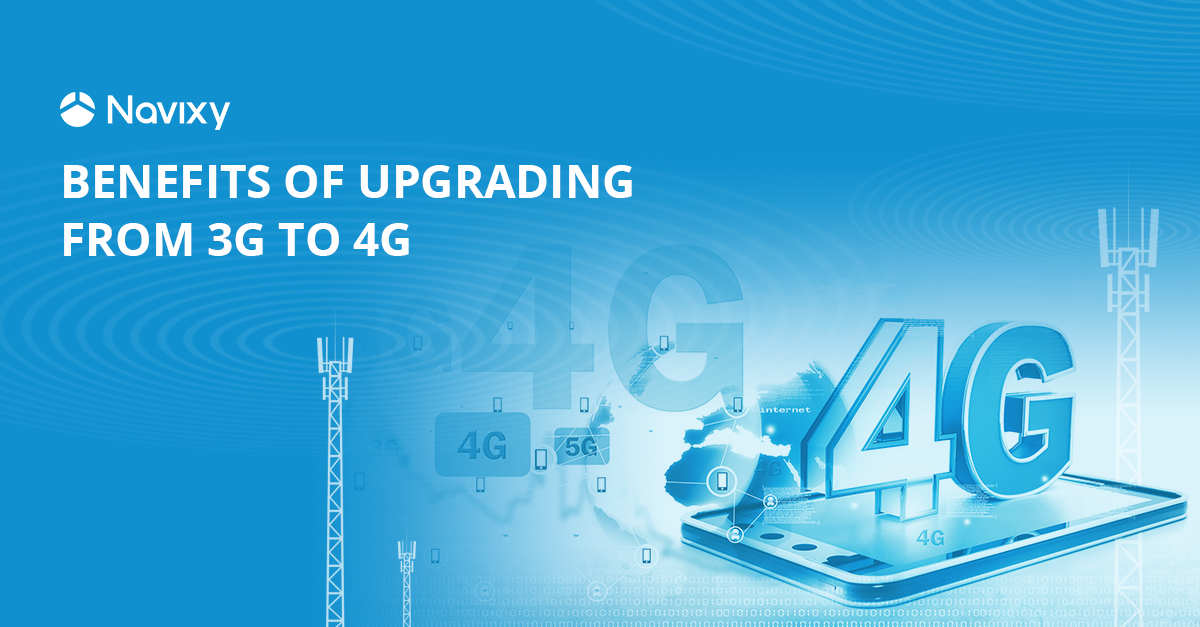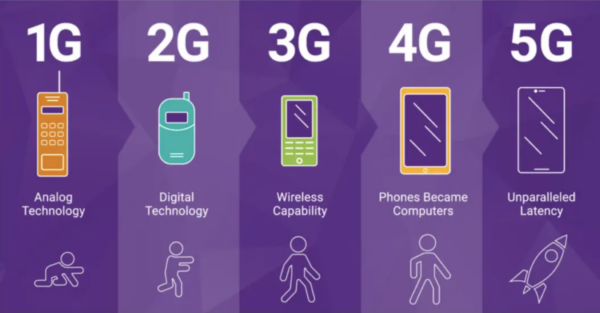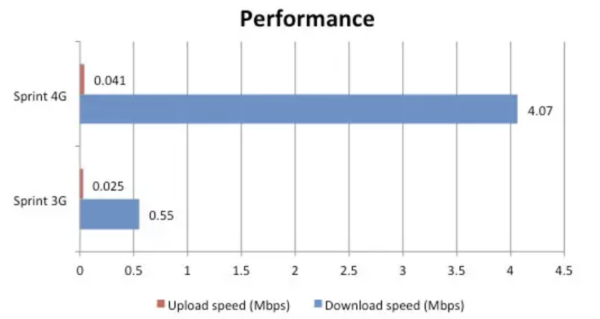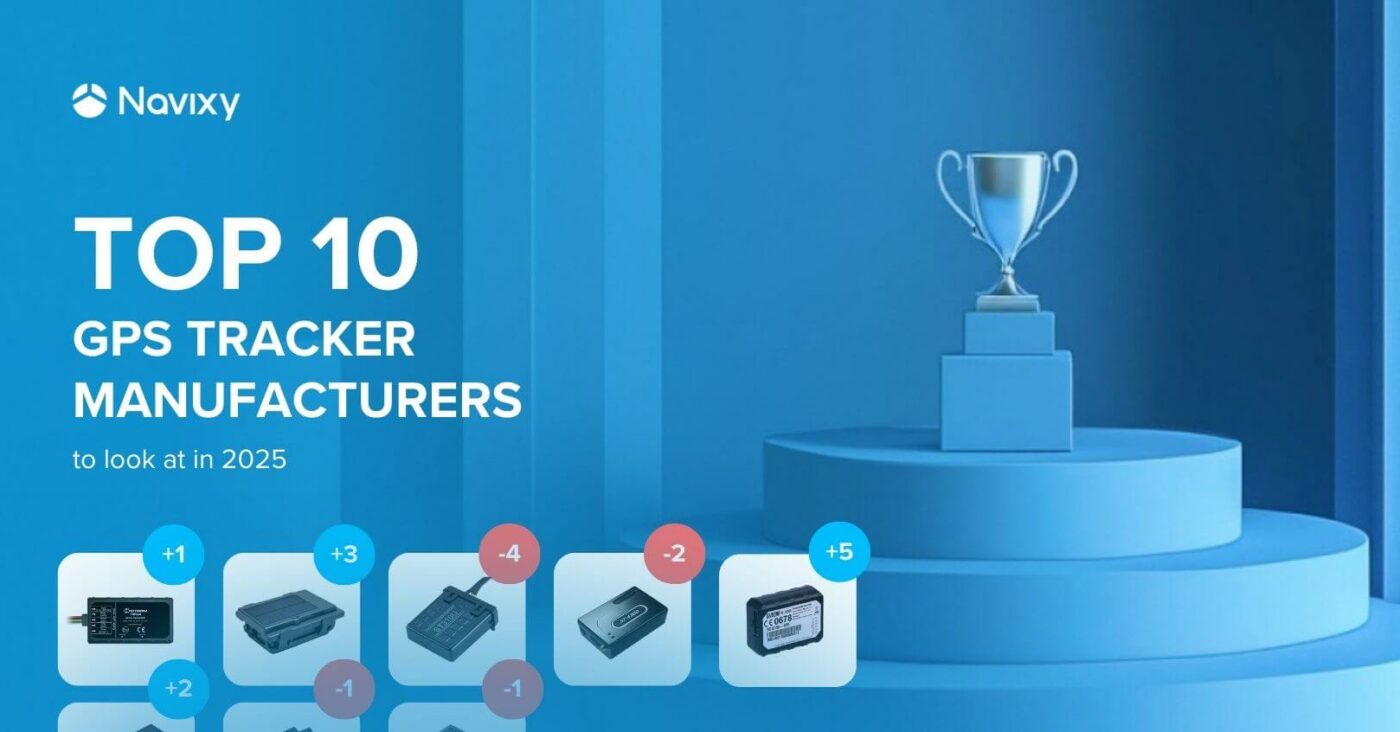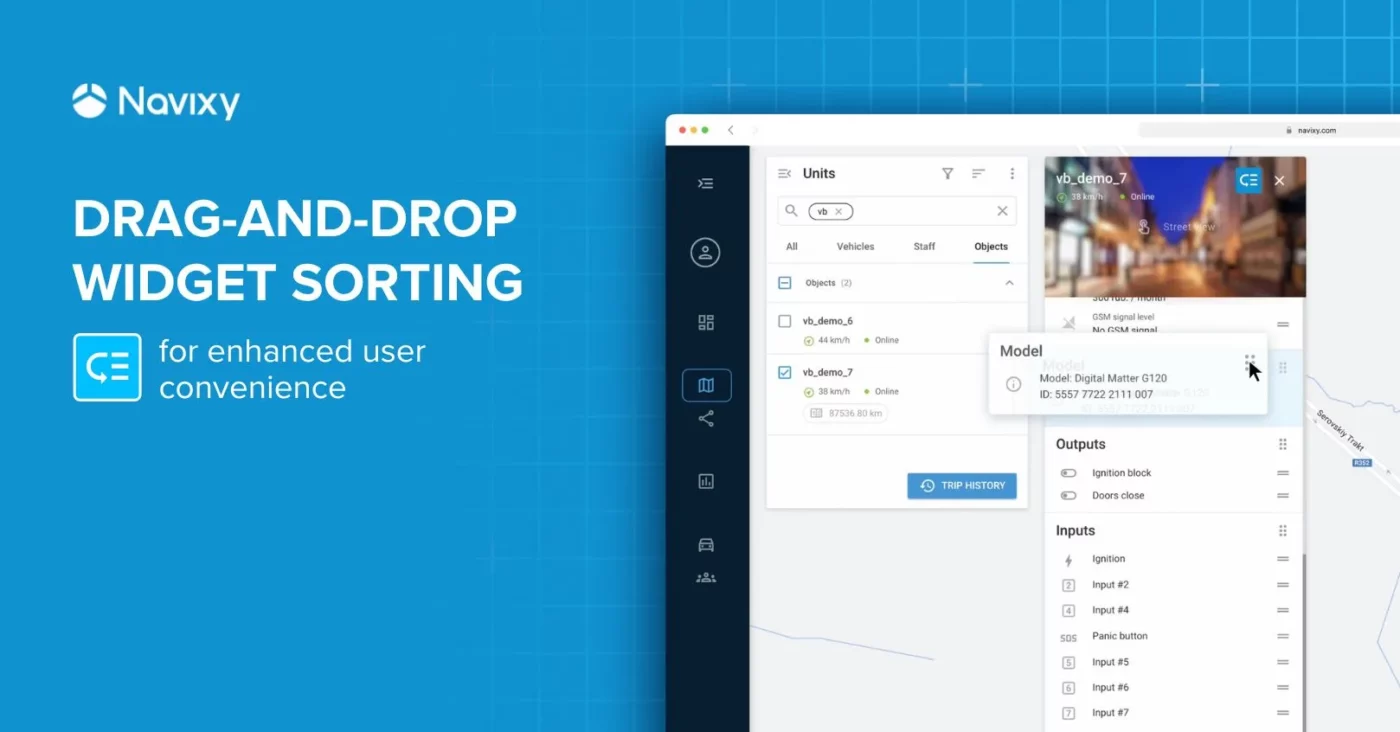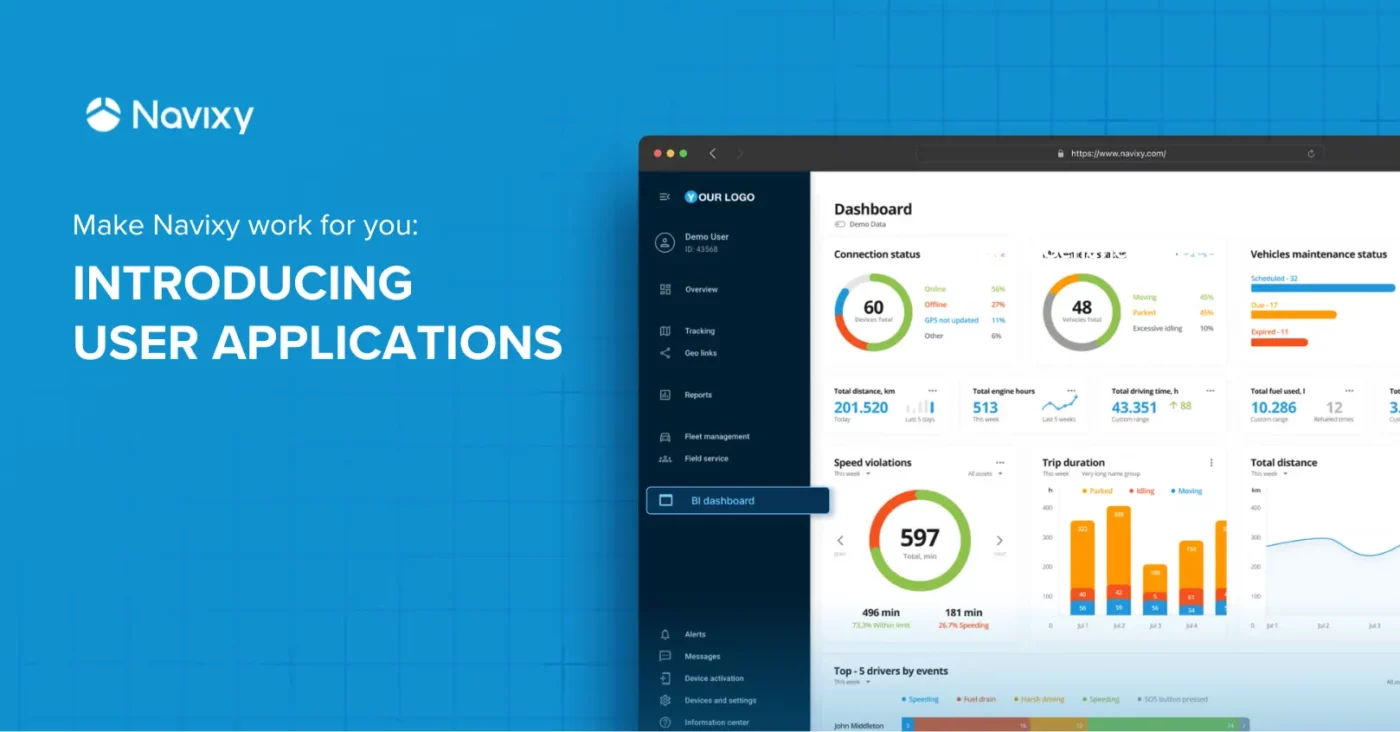If your fleet hasn’t upgraded from 3G to 4G yet, then time is running out to do so without facing interruptions. By the end of 2022, all major US-based carriers will have shut down their nationwide 3G coverage to free up spectrum for 4G and 5G networks.
Although most companies have known about this impending phaseout and have adjusted accordingly, some businesses have delayed doing so for a number of reasons. Fortunately, whether you’ve already switched or need to do so, Navixy can explain what’s at stake, the advantages of 4G, and how our platform is ready for the future.
Call or email one of our representatives today to hear more about how 4G can enhance your GPS tracking, vehicle telematics, and other fleet management needs.
Why is 3G being phased out?
It might be hard to believe but 3G was first released more than two decades ago in 2001. 1G, or the first generation of cellular networks, debuted in 1979, followed by 2G in 1991. Given that even most 2G networks have already been phased out in the United States by major carriers, it makes sense that the next oldest generation, 3G, is soon to follow. That said, 2G will still be available in other regions, such as Europe, Africa, and parts of Asia, through the end of the decade.
3G is based on outdated technology that doesn’t make the most efficient use out of available broadband waves. As a result, fewer users can connect compared to 4G and 5G. Since cellular carriers want as many users as possible to access their networks, it’s in their best interest to phase out 3G in favor of the newest generations. Moreover, 4G LTE (Long Term Evolution) and 5G were designed for continuous improvement, meaning that developers can update them as needed and they’ll likely be around a long time.
Unfortunately, numerous fleets still use devices that run on 3G since they likely upgraded to GPS tracking prior to the arrival of 4G. Once these networks are gone, fleets will lose all tracking capabilities for the connected vehicles. For instance, they could lose support for 3G ELDs and risk noncompliance with federal regulations in countries that require them.
Further complicating the problem is the fact that even with the shutdown deadline looming, fleets are still unable to make the necessary upgrades for several reasons, including lack of available funds and hardware delays due to global economic conditions. This means that businesses need to think ahead and start switching over devices sooner rather than later.
Below, you can see when different US carriers will shut down their respective 3G networks.
- AT&T - February 22, 2022
- T-Mobile - July 1, 2022
- Sprint (now T-Mobile) - May 31, 2022
- Verizon - December 31, 2022
If you need assistance, contact your carrier to hear about your options. You should also take stock of your current 3G equipment and make a replacement timetable, so you’re prepared for the coming months. Our sales team can tell you more about our many 4G-capable tracking devices.
Benefits of upgrading to 4G
What can you expect once you switch from 3G to 4G? In addition to better coverage and improved speeds, 4G allows businesses to benefit from new and innovative solutions, such as video telematics, AI-enhanced safety features, and other sophisticated IoT and tracking functions.
By equipping vehicles with 4G-compatible devices, fleets can feel confident knowing that they’ll be set for the future. Though 5G networks have begun to appear in some areas, they remain limited and are mostly used to support high-data transmission applications for now. Moreover, 5G itself was created to evolve with 4G rather than replace it. Therefore, upgrading to 4G is the best option for fleets of all sizes.
Along with keeping fleets online for the foreseeable future, 4G connectivity will also open the door to the latest telematics and tracking solutions. As we mentioned, these networks provide the bandwidth to support high-definition video, allowing dispatchers and managers to access a live stream of the road, video playback, event footage, and more.
Finally, companies will have far greater wireless network coverage in more places, faster data speeds, and improved reliability, all of which contribute to greater efficiency. Better yet, when used over LTE Cat 1 and Cat M1 modems, 4G consumes less power. This both reduces data costs and helps remote sensors last longer to support complex IoT applications.
The graph below is a real-life comparison of Sprint’s 3G versus 4G upload and download speeds. Notice that 4G is nearly eight times faster than 3G at downloading.
Thanks to these benefits and others, it’s clear that 4G is a must for fleets of all sizes.
Navixy 4G capabilities
Navixy is proud to support hundreds of 4G-capable devices from trusted brands like Teltonika, CalAmp, and others, so fleets can feel confident taking full advantage of our platform’s various cutting-edge functions.
One of our most advanced features is video telematics, which allows you to connect vehicles with cameras for additional insight and monitoring. When combined with tracker and sensor data, video provides fleets with rich information related to driver behavior, safety, and performance. Whether you need to queue the live stream or find event footage from a recent collision, 4G will ensure you can quickly download and watch high-resolution video when you need it.
With over 1,400 devices already integrated and more being continually added, Navixy has a wide assortment of trackers to choose from—many of which require 4G. Furthermore, we’re proud to partner with telematics innovators who build 4G devices, so fleets will continue to have access to the most cutting-edge capabilities for dependable asset tracking and management.
Even if you’re not quite prepared for the 3G sunset, you still have time to upgrade your fleet with 4G technology. Whether you’re seeking compatible devices or want to hear more about new tech like video telematics, be sure to contact us today.
